In Great Yarmouth, the frayed and faded Union Jack I spot feels like a metaphor
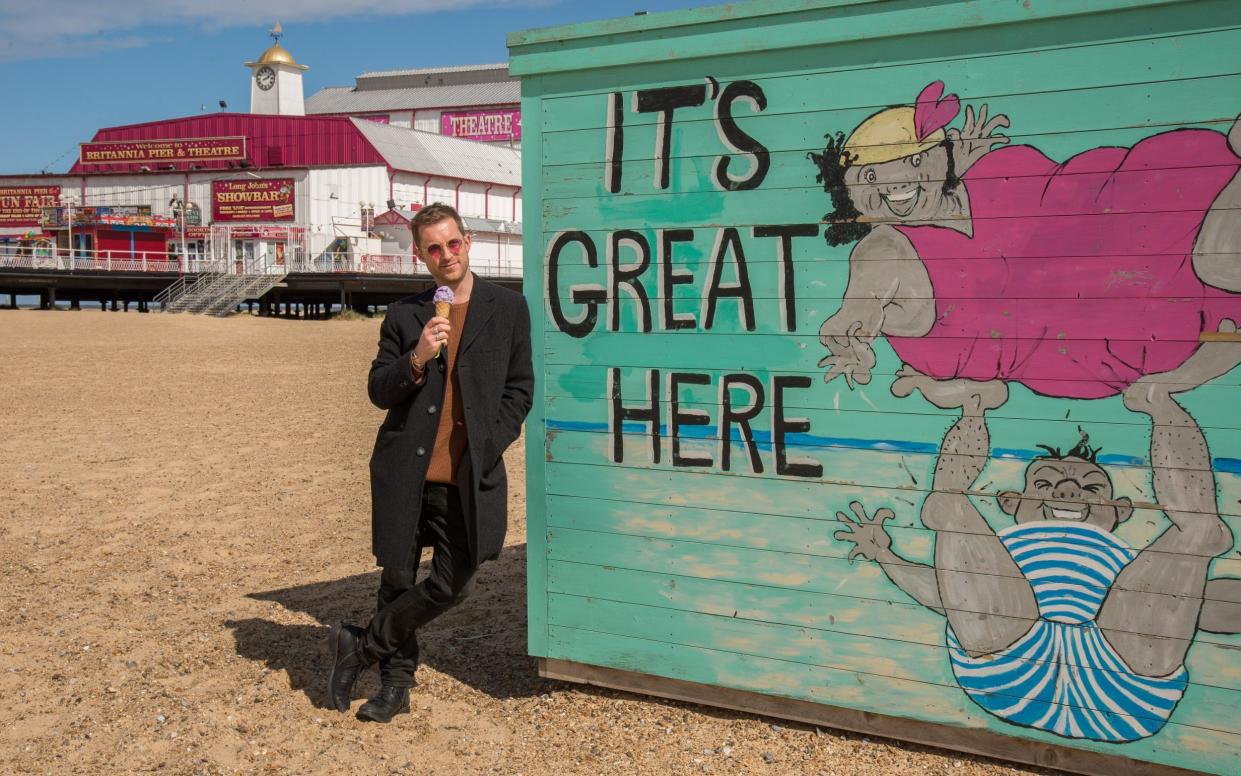
Beach huts, a Victorian pier, saucy postcodes, a stick of rock… there’s something deeply comforting about a classic British seaside town. Popular wisdom has it that the advent of low-cost flying in the Seventies signalled the end of their glory days – and, for some, the decline has seemed to be terminal. But most are desperately trying to reinvent themselves: conserving, renovating, gentrifying. Over the coming months, we will be taking the pulse of our most famous traditional coastal towns, to gauge how they are faring in 2024, the challenges that remain – and whether they are still worth visiting. This week, Gavin Haines explores Great Yarmouth in Norfolk.
“Great Yarmouth’s lost its ‘great’,” sighs Angela Frisby, 61, who’s lived here all her life. “But I still love the place”.
There’s certainly a sadness about town. The high street feels positively Hogarthian after hours. Asylum seekers and tracksuited blokes on bikes rub along uneasily outside boarded-up shops. I’m nearly mowed down by one of the latter outside the curiously named Hamburger Coffee Shop while walking to the seafront.
There, Great Yarmouth’s Golden Mile stretches out before me. This windswept strip of kiss-me-quick naffness begins, unofficially, with the Fallen Angels lap dancing club. Further along the prom, Victorian façades loom over ADHD arcades that make promises of riches and break them.
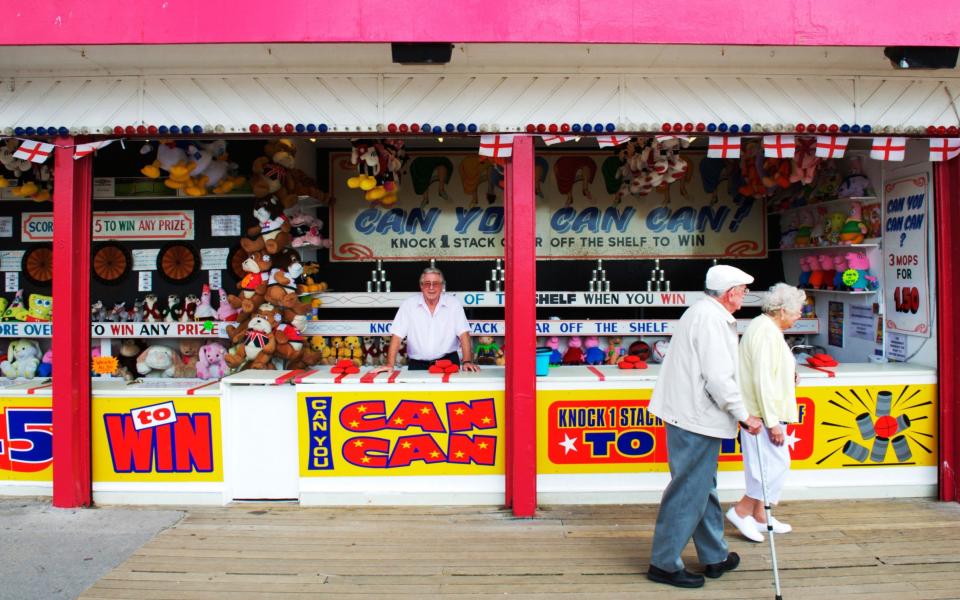
All the seaside clichés are here. The crazy golfs, the overpriced rides, the cheap pubs and chippies. The beach is, admittedly, glorious.
The Time and Tide Museum expertly chronicles Yarmouth’s glory days, the Victorian era, when it was the world’s largest herring port. It’s in the museum that I meet Frisby, who works there.
The wars hammered local fishing. Germany, a major importer of Yarmouth herring, took to blitzing the town instead. While the post-war tourism boom and North Sea oil rush compensated for fishing’s demise, cheap flights soon dealt another hammer blow.
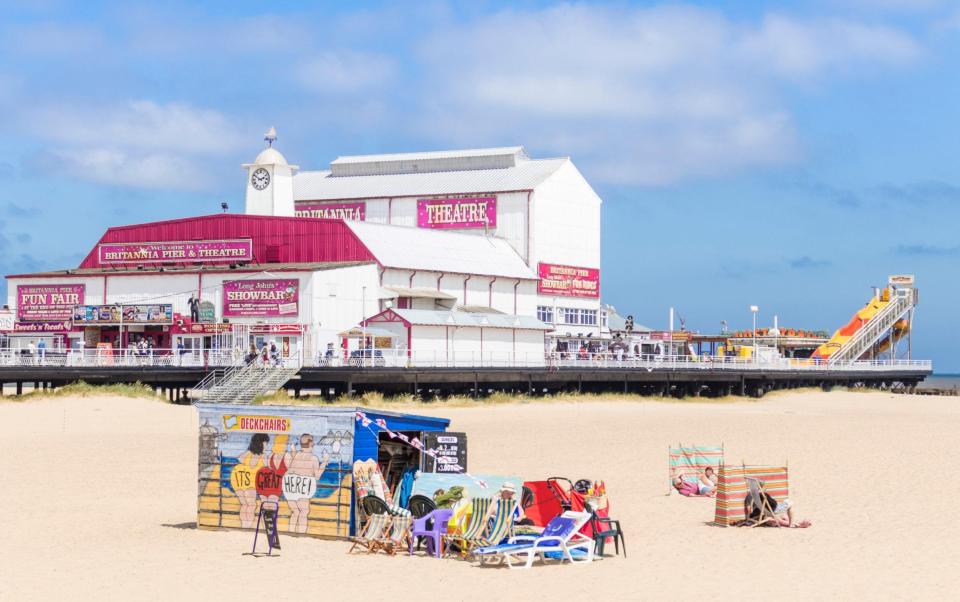
There’s tentative talk of regeneration. Plans are afoot to open a university, revive the Winter Gardens, and revamp the town centre. The wind turbines spinning out at sea were assembled locally following a major investment from Siemens. The only way is up. Right?
What’s it really like?
Like a seaside entertainer, Great Yarmouth has a few surprises up its sleeve. Architectural wonders abound, often in unlikely places. Medieval walls skirt past housing estates, which sit cheek-by-jowl with Elizabethan piles and faded Victorian buildings.
The canalised River Yare, running parallel to the seafront, is lined with industry, much of it supporting North Sea oil and gas, and the offshore wind sector. This is still a working town.
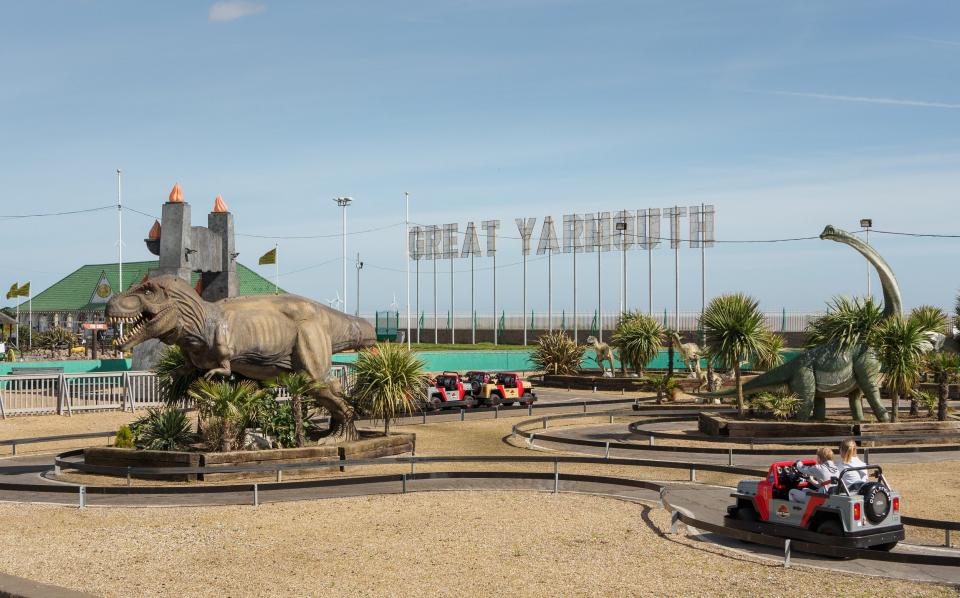
The Golden Mile feels like an industrial tourism complex of its own. Dog-eared posters for Jim Davidson’s latest tour flap in the wind near the dilapidated Winter Gardens, which are set for a £16m revamp, due to be completed in 2028.
Heading north along the prom, past the amusements and Victorian-era Hippodrome (still going strong), past Fallen Angels and the adjacent lawn bowls club, are the Venetian Waterways. Commissioned as a relief project for shell-shocked soldiers returning from the Great War, the gardens fell out of fashion with domestic tourists, but were recently revived with a £1.7m regeneration that looks like money well spent.
The green shoots of recovery are also sprouting forth in town. The abandoned Palmers department store is currently being transformed into a £17m public library, university and learning centre called The Place. It’s due to open this winter.
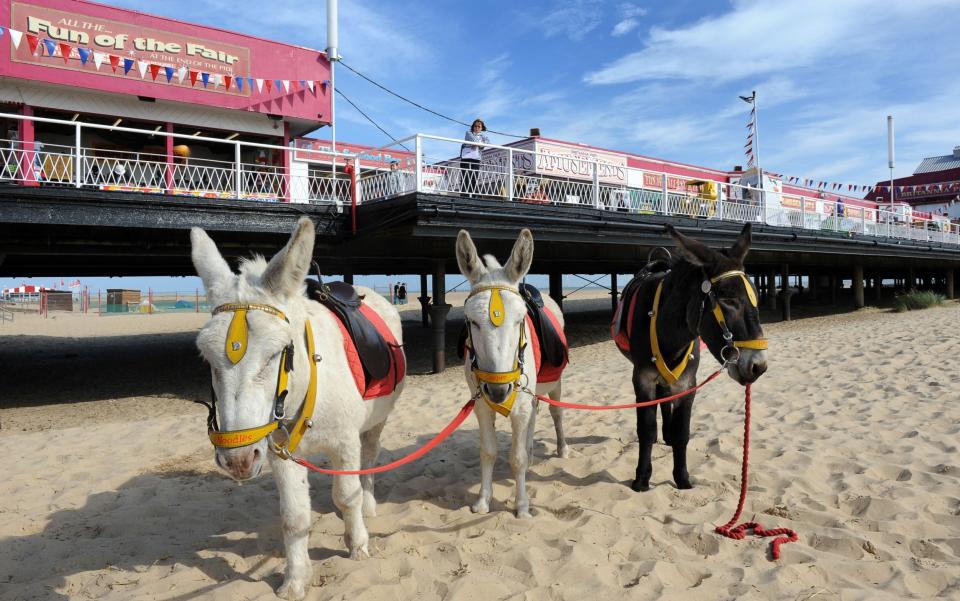
Some £20m of levelling-up funding has also been awarded to regenerate the town centre and a further £20m to redevelop neglected North Quay. Still, no sign yet of any hipsters, those bearded bellwethers of creeping seaside gentrification.
While good hotels are lacking in town, nearby Gorleston-on-Sea has a couple, including the Pier Hotel (doubles from around £100 per night). It overlooks Gorleston beach and starred in Danny Boyle’s 2019 film Yesterday.
What’s not to like?
For all the talk of regeneration, there’s a sense that it’s come too late. “The rot has set in,” laments a local taxi driver, who puffs a fag as he drives me through town.
The southern end of the Golden Mile, where fairground rides give way to factories, feels particularly forlorn. Plans to build a mega casino here felt like a desperate last roll of the dice for a town that’s down on its luck. The idea has since been abandoned.
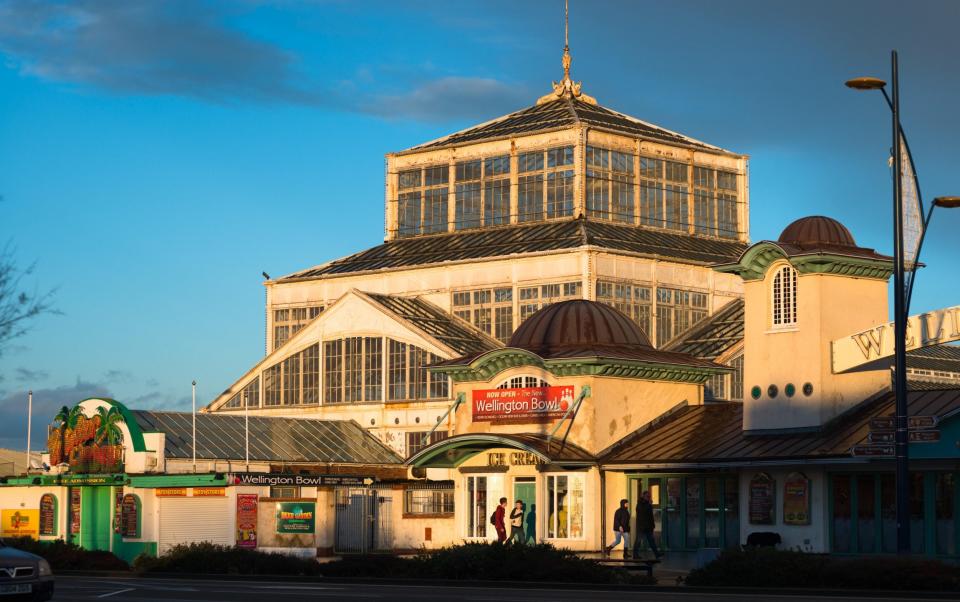
We drive past a Banksy artwork, preserved behind Perspex above a bus stop next to the gas works. It depicts an elderly couple dancing – a wistful reference, perhaps, to Great Yarmouth’s heyday, which feels long gone.
The historic South Quay – located inland, along the River Yare – invites aesthetic comparisons with the Netherlands. However, many of the grand old buildings overlooking it, notably the Tudor-style Star Hotel, look abandoned. Would the Dutch let their heritage fade like that? I’ve seen little evidence to suggest they would.
You wonder, walking along the nearby high street, what the future holds for our town centres. Like many in Britain, Great Yarmouth’s is out of ideas. The frayed and faded Union Jack I spot fluttering in town feels like a metaphor.
Do this…
Hire a pedalo on the boating lake at the restored Venetian Waterways – but ideally not on a windy day, else you’ll be blown, as I was, into the faux-Renaissance bridge while people laugh into their coffees at the Island Cafe.
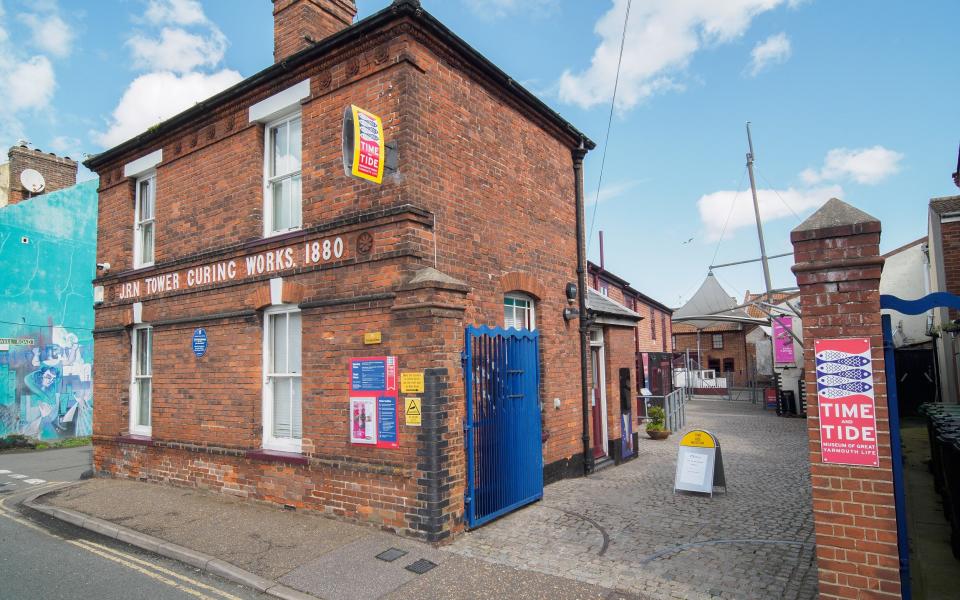
The Time and Tide Museum is also a must. Housed in a former herring curing factory, it still smells of fish and tells, in an engaging, family-friendly way, the colourful history of Great Yarmouth. The staff there are a hoot, and highly knowledgeable.
Eat this…
A Yarmouth bloater. I looked everywhere for one without success. This local speciality – herring cured with the guts still inside – was once exported all over Europe but is now rare. The fish counter in Yarmouth market only stocked bloaters imported from Norway, but apparently sells local ones in autumn.
Defeated, I drank to a local success story in the Blackfriars Tavern, which was recently crowned Norfolk pub of the year and Norfolk cider pub of the year. Not bad for a boozer that was shut for half a decade before Covid. “This was my lockdown project,” owner Pharez Smith tells me, while I sip cider. “Some people made sourdough; I renovated a pub.”
But don’t do this...
Britannia Pier. Unlike most piers, this one doesn’t jut out into the sea, but instead hovers above the sand. It’s basically elaborate decking. There’s a theatre on the end, which is made of corrugated steel and looks like a North American grain store.
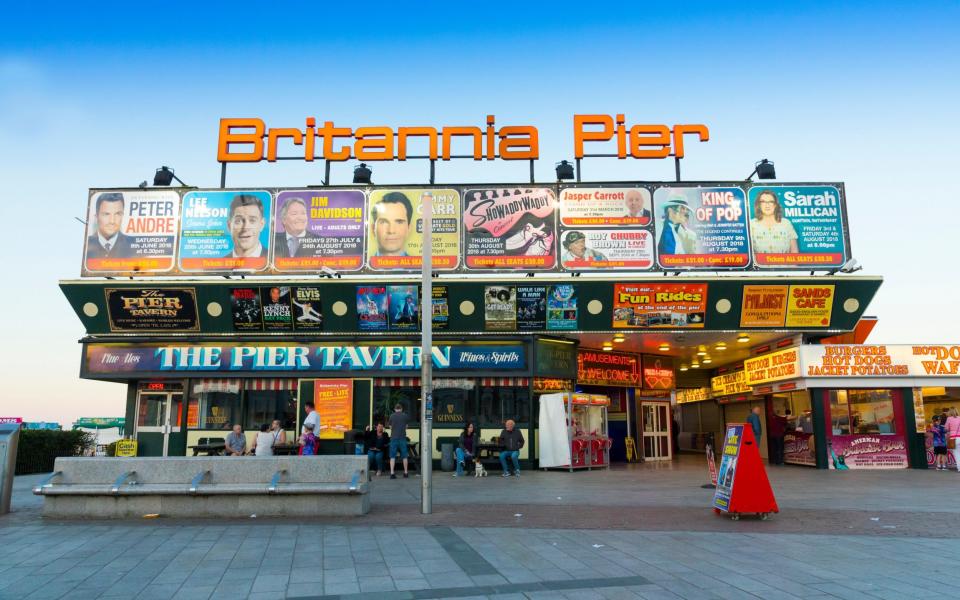
The entertainment has an end-of-the-pier feel. Upcoming highlights include an evening with ex-footballer Paul Merson, and a new show by the bawdy comedian Jim Davidson, whose career has followed a similar trajectory to Great Yarmouth.
From a local
“It’s the same as everywhere else, isn’t it? Dead.” Norman Nisbit has lived in Great Yarmouth for 60 years and runs Norman’s Antiques in town. He likes to think things can only get better. “They spent some money on the [Venetian] Waterways. The glass house [Winter Gardens] is going to get sorted. It’s alright I suppose. We’ve got the ‘Golden Mile’ and the dunes.”
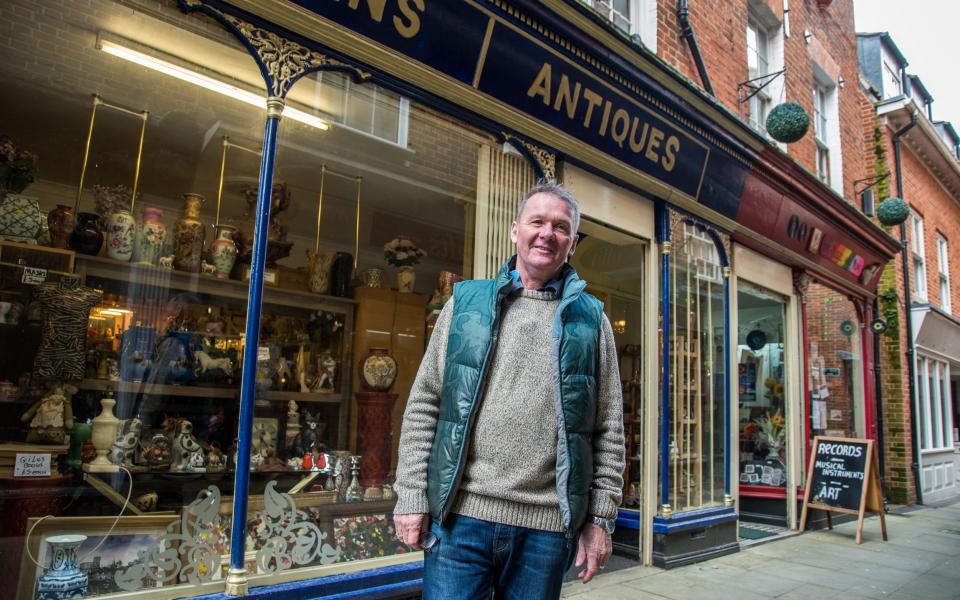
However, many pubs in town have closed, laments Anne Watling, who works at the Time and Tide Museum, and likes her live music. “There seems to be more happening in Gorleston’s pubs now,” she says.
From a tourist
“It’s better than Blackpool,” coos Geoff, a neoprene-clad tourist from Warwickshire, who I collar outside the Model Village. He declined to give his surname. “I will say this, though, the people here are friendly.”
Over in Gorleston, Margaret Levitt is visiting her old childhood home with brother David Kersey. “It’s more rundown now,” she sighs. “Like a lot of seaside towns. And they no longer run river tours here. But the beach is great.”
Get there
Take the train. It rattles through scenery that evokes a Constable painting. The skies are huge. Beneath them are old windmills, cow flecked fields and muddy gullies. It’s 2.5 hours from London, changing at Norwich. The golden arches of McDonalds bring you back to the modern world when you arrive in Great Yarmouth.

